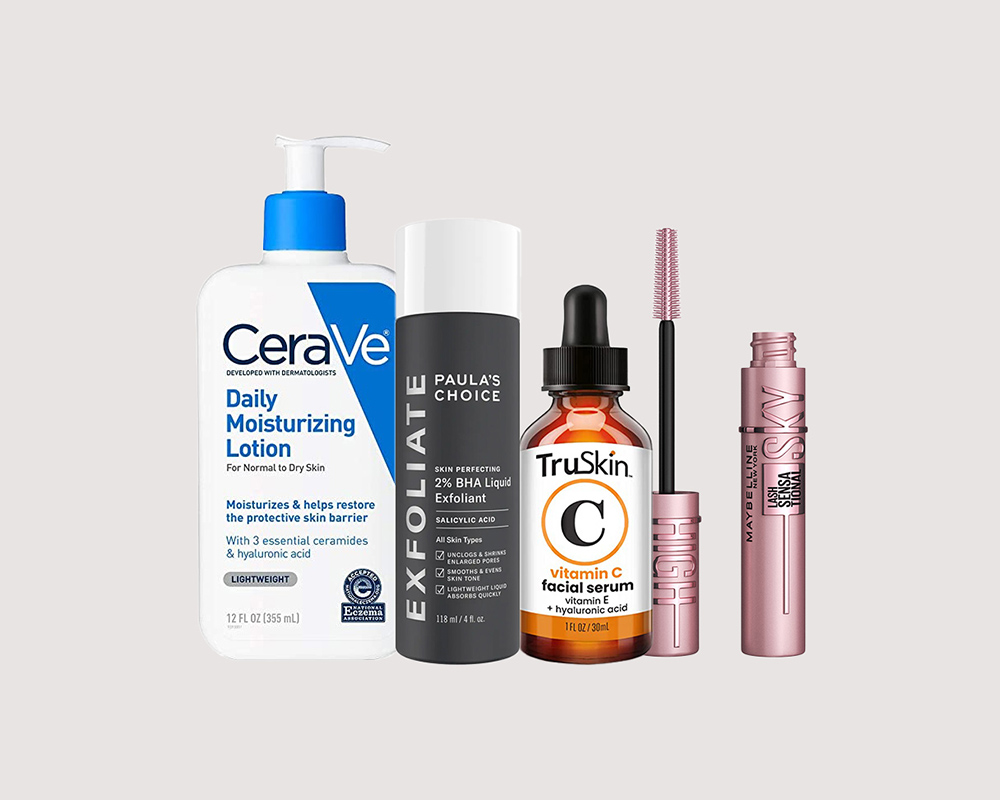
[ad_1]
In 1993, Oprah interviewed Michael Jackson in what was then the most-watched TV interview of all time, and confronted the music icon about the color of his skin. “It is something I cannot help—the disease, called vitiligo, is in my family,” Jackson told Oprah, saying he used makeup to control the blotchiness, but he never purposely bleached his skin. When Oprah reflected on the interview, she said he just “kept getting whiter and whiter” and that this part of the interview was one of Michael’s most defensive moments. “You can see he got a little testy there about the skin issue. I think in 1993, nobody understood what it was. Nobody knew anything about vitiligo,” she says. Fast-forward to today, and the public knows a lot more, thankfully. Here, leading dermatologists break it down.
What Is Vitiligo?
Davie, FL dermatologist Marianna Blyumin-Karasik, MD says vitiligo is a rare pigmentary skin condition that can appear as white random blotches on any area of the skin and hair, and even on the eyes. “It is chronic and not contagious,” she explains. “It is classified as an autoimmune disease: a mysterious environmental trigger deregulates the immune system in genetically prone individuals, leading to the immune system attacking the body’s own pigment cells in unpredictable timeframes and areas.” Hence, those with darker skin, like Michael Jackson, can turn white over time if they lose all of their melanocytes entirely.
What Causes Vitiligo?
Though the exact cause of vitiligo is unknown, Germantown, TN dermatologist Purvisha Patel, MD says it is genetic and can appear at any time in life. “It has a specific distribution/pattern. If you have any pigment drop out in your skin—resulting in no melanocytes—then see a dermatologist for diagnosis of the condition.” It also affects men and women, and kids and adults equally, as well as all races. “It usually appears in sun-exposed areas like the face, chest, hands and arms,” Dr. Karasik says.
“Many vitiligo patients, especially children, have significant self-esteem issues because of this cosmetically apparent disorder,” Dr. Karasik adds. “However, inspiring role models such as a model Winnie Harlow are paving the way for destigmatizing vitiligo and making it more acceptable aesthetically in our society.”
How to Treat Vitiligo
There is currently no cure for vitiligo, but there are a few approved treatments that can help manage the condition. “There are prescription topical anti-inflammatory creams that can improve focal vitiligo [when it only affects a small area of the body],” says Dr. Karasik. An FDA-approved eczema cream called Opzelura (ruxolitinib) is now being tested for the treatment of vitiligo, and showed promising results on adolescent and adult patients with nonsegmental vitiligo in Phase 3 clinical trials: Findings revealed that twice-daily treatment with 1.5% ruxolitinib cream resulted in facial repigmentation after 52 weeks: 50 percent of patients achieved greater than 75-percent improvement; 75 percent of patients achieved greater than 50-percent improvement; and 30 percent of patients achieved more than 90-percent improvement. A significant proportion of patients also achieved more than 50-percent improvement on their body as well. For both areas of the body, no serious treatment-related adverse events were reported, according to the company.
Light therapy can help in some cases, too. In a 2017 meta-analysis of 1,428 patients in 35 studies, published in JAMA Dermatology, long-duration narrowband UVB phototherapy showed some promise after at least six months of treatment, with the best results on the face and neck.
For extensive vitiligo, your doctor may recommend an oral medications for repigmentation, such as monobenzone, which is the only FDA-approved depigmentation treatment. “Even though the treatments for extensive vitiligo are limited, there are new effective systemic medications that will be released soon,” Dr. Karasik says.
An Important Note About Sun Protection
The depigmented skin is very sensitive to sunburns, and therefore Dr. Patel advises it should be protected from the sun at all times (consider adding sun-protective clothing to your wardrobe, in addition to using broad-spectrum sunblock). “It is also more predisposed to skin cancer, depending on the extent of the depigmentation.”
Find a Doctor
Find a NewBeauty “Top Beauty Doctor” Near you
[ad_2]
Source link






